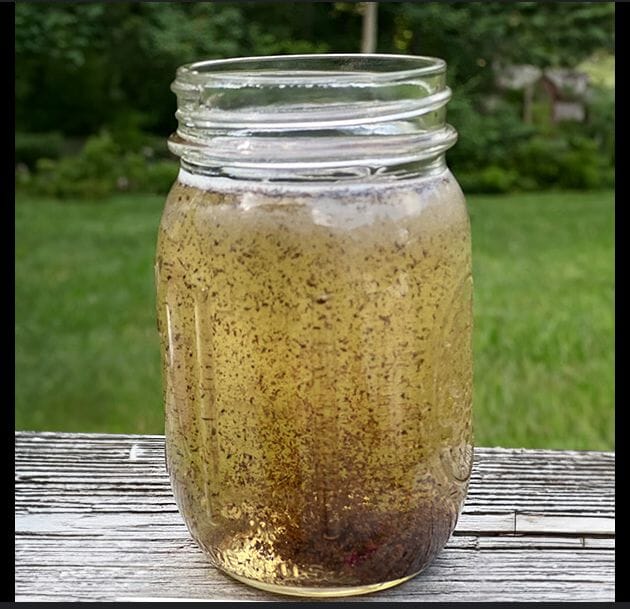Mon - Fri 9am-4pm
1(862)-362-1444
1(862)-362-1444
Mon-Fri 9am-5pm EST

Is Your Pond a Healthy Ecosystem? Here's How to Tell
Crystal-clear water might look appealing, but it doesn’t necessarily mean your pond is thriving. To determine whether your pond is truly a balanced, life-supporting ecosystem for fish, plants, and other aquatic life, water clarity alone won't cut it. You’ll need to dig deeper—and that starts with regular pond water testing.
Monitoring the health of your pond means keeping tabs on key water parameters. From nutrient levels to pH balance, these elements directly influence whether your pond can sustain life or turn into a problematic, algae-filled mess. Regular testing not only reveals potential imbalances but also helps prevent issues before they spiral out of control.
Choosing the right pond test kit depends on how you use your pond. For instance:
Recreational and swimming ponds: You’ll want detailed microbiological testing.
Decorative and koi ponds: A basic pH and nutrient test might suffice.
Our top pick for most backyard water gardens and koi ponds is the API Pond Master Test Kit. This all-in-one kit tests for critical elements such as pH, ammonia, nitrites, and phosphates. It includes easy-to-follow instructions and a color-coded chart, making it perfect for beginners and experienced pond owners alike. We recommend using this kit at the beginning of the spring season and at regular intervals to keep your pond water in peak condition.
Most modern pond water test kits are designed to be user-friendly. There are three primary types:
Test strips: Just dip and read—great for quick checks.
Digital testers: Provide fast and accurate digital readings.
Liquid test kits: Mix water with a reagent and wait for a color change to determine results.
To detect more serious concerns like E. coli or cyanobacteria, you’ll need to collect a water sample and send it to a certified lab. These lab tests provide detailed reports usually within one to two weeks. While we don’t carry microbial test kits, you can consult your local health department or use the EPA’s water testing locator tool for resources in your area.
The ideal water quality for your pond depends on its primary function—whether it’s for relaxation, fish-keeping, or livestock. Still, some general guidelines can help you interpret your results:
| Test Parameter | Ideal Range |
|---|---|
| Nitrate-Nitrogen | < 3 mg/L |
| Ammonia-Nitrogen | < 0.5 mg/L |
| Phosphate | < 0.025 mg/L |
| pH | 6.0 – 9.0 |
Keeping your pond water within these optimal ranges will go a long way in promoting plant growth, sustaining aquatic life, and preventing harmful algae blooms.